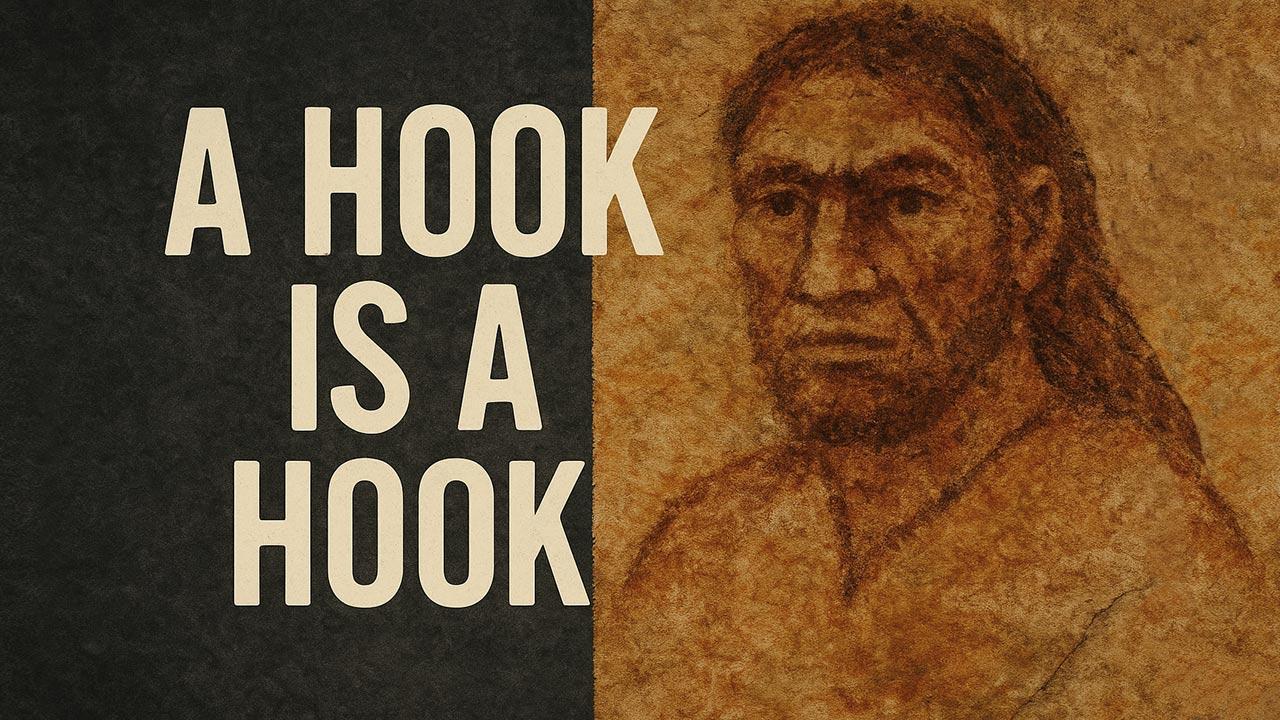Ad Psychology,A Hook is a Hook:
Human Psychology Hasn’t Changed in 10,000 Years. Despite our evolving technologies and platforms, the core of human psychology remains unchanged. Today my article will explore why the most effective advertising hooks today tap into the same primal drives that influenced our ancestors, and how advertisers can use this timeless truth to craft unforgettable campaigns.
Table of Contents
- Introduction: The Timeless Truth of Human Behavior
- The Core Drives of Human Psychology
- The Power of the Hook
- Why Platforms Change but People Don’t
- Applying Ancient Psychology to Modern Advertising
- Case Studies: Timeless Hooks at Work
- Top 5 Frequently Asked Questions
- Final Thoughts
- Resources
Introduction: The Timeless Truth of Human Behavior
No matter how advanced society becomes, our brains are still wired like those of our hunter-gatherer ancestors. The instincts that kept us alive on the savanna are the same ones that grab our attention today. This explains why a well-crafted hook—a piece of compelling, emotionally charged content—can still stop us in our tracks, whether it’s on a billboard, a YouTube ad, or a TikTok video.
The Core Drives of Human Psychology
Survival and Safety
Humans are biologically programmed to detect threats and seek safety. Ads that use urgency (“limited time offer”) or fear-based messaging tap directly into this drive.
Tribe and Belonging
We are social creatures. Ads that show people “like us” using a product or emphasize community and togetherness appeal to this deep-rooted need.
Status and Recognition
From wearing animal hides to flaunting luxury brands, the desire for status has always driven behavior. Advertisements that imply prestige or exclusivity exploit this innate urge.
Curiosity and Novelty
Humans are drawn to new information. Clickbait headlines and teaser ads work because they promise novel insights or surprising outcomes.
The Power of the Hook
What Makes a Great Hook
A hook grabs attention instantly. It’s emotionally resonant, visually striking, and often a little disruptive. It provokes curiosity, surprise, or even discomfort—just enough to make you stop scrolling.
Examples of Timeless Hooks in Modern Ads
- Old Spice’s “The Man Your Man Could Smell Like” — humor, surprise, and status.
- Nike’s “Just Do It” — simplicity, motivation, and identity.
- Apple’s Think Different — status, tribe, and inspiration.
Why Platforms Change but People Don’t
While social platforms, media formats, and cultural trends shift rapidly, the underlying psychological mechanisms haven’t evolved much. Whether it’s a cave painting or a viral Instagram story, humans are still drawn to storytelling, emotional connection, and visually engaging content.
Applying Ancient Psychology to Modern Advertising
Emotional Triggers
Emotion sells. Joy, anger, fear, surprise—these feelings lead to action. Ads that fail to elicit emotion also fail to convert.
Simplicity and Clarity
Our brains crave clarity. In advertising, fewer words and clear visuals win. The simpler the message, the more likely it is to be remembered.
Repetition and Familiarity
The mere exposure effect proves that people prefer things they’ve seen before. Repetition builds trust and makes hooks stick.
Case Studies: Timeless Hooks at Work
1. Coca-Cola’s “Share a Coke” Campaign
Used names to tap into identity and belonging. Sales increased by over 2% after a decade of decline.
2. De Beers’ “A Diamond is Forever”
Created a cultural standard around love, commitment, and status. Diamond sales skyrocketed post-campaign.
3. Fear Appeals in Anti-Smoking Ads
Graphic warnings increased smoking cessation by as much as 30%, showing fear’s effectiveness as a motivator.
Top 5 Frequently Asked Questions
Final Thoughts
The tools may change, but the user manual for the human brain stays the same. Great advertising doesn’t invent desire—it taps into it. A hook is just a key turning the lock of our ancient minds. If you want to stand out in a world of digital noise, go primal. Understand your audience not as consumers of content, but as evolved humans with ancient needs. That’s where real influence begins.
Resources
- Harvard Business Review: “The New Science of Customer Emotions”
- Influence: The Psychology of Persuasion by Robert Cialdini
- Nielsen Consumer Neuroscience
- Journal of Evolutionary Psychology
- Psychology Today: “Why Fear Appeals Work”




Leave A Comment